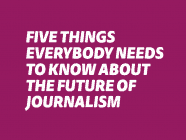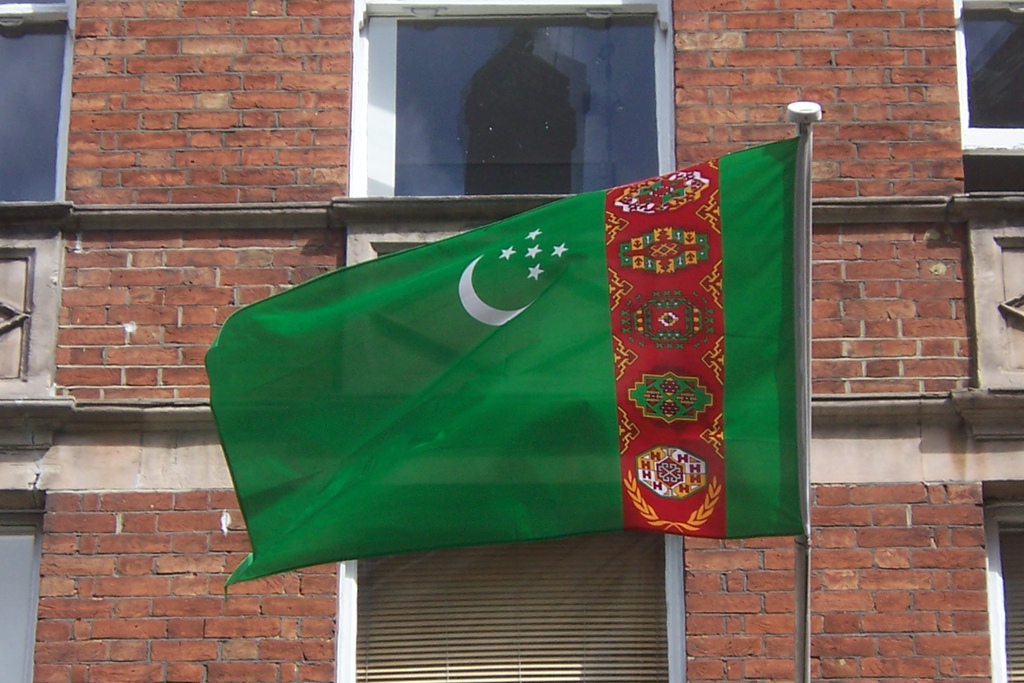Continuing our series marking 10 years of the EJO, David Levy, director of the Reuters Institute for the Study of Journalism and part of the EJO network takes a look at the future of news.
News organisations blame the internet for almost all their woes; from eroding sales, to persuading readers that news should be free and for killing classified advertising. Far fewer of them talk about its positive impact in reducing newsgathering costs, bringing in a global audience and encouraging journalists to get closer to and even learn from their customers.
So the issue is not Internet good or bad, but rather how newspapers can best adapt to the more competitive environment of the web. We learned from the Reuters Institute 2013 Digital News Report that some news organisations are translating success offline, online. Big UK news brands like the Guardian, Sky News, the BBC and the Daily Mail all pretty much sustain their share of the print market on the web, and the Guardian improves on it significantly. In France Le Monde and Le Figaro both of which have rather low print sales do much better online. Meanwhile in Germany, Der Spiegel seems to be the biggest gainer online with broadcasters losing out to publishers and aggregators such as Google News.
News organisations that succeed in 2020 will focus on four topics; content, convenience, consumers and cash. As the content business becomes more crowded news organisations should concentrate on content that really adds value for the reader. That means moving beyond the old watchwords of “Who, what, where?” to the questions “Why, how, and what next?” to put news in context for readers and explain why it really matters. At the same time they need to invest in those niches of specific expertise that people identify with their organisation.
Convenience matters more than ever. News must be available whenever and wherever users might want to use it, on the PC, mobiles, tablets, and print. That’s expensive but essential as behaviour changes fast. The benefit is that generally the more devices people own the more often they access news. But even the same reader may want different experiences at different times; sometimes quick updates, sometimes in depth articles, sometimes something that has the range – and finiteness – of the physical newspaper.
News organisations that want to be in business and thriving in 2020 need to know their consumers and engage with them better than ever through gathering and analysing the big data generated by customers to understand them and build relationships with them. Those relationships should include journalists engaging with readers who can contribute to and amplify newsgathering efforts.
Against all this change and the decline of print sales news organisations need to find intelligent ways to boost their cash revenues through monetising digital content. The future is not paywalls good or bad but rather hybrid, with permeable or metered paywalls, charging for added value or convenience, or for some premium or niche content. I’m confident there are ways to continue to provide quality news that adds value and find a way for significant numbers of people to pay for it.
Photo credit: Eltpics / Flickr Cc
Tags: 10 years, anniversary, EJO, European Journalism Observatory, future, Future of Journalism, Internet, News, Newspapers, organizations














































